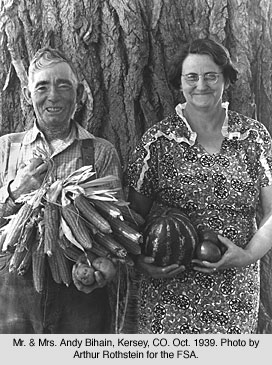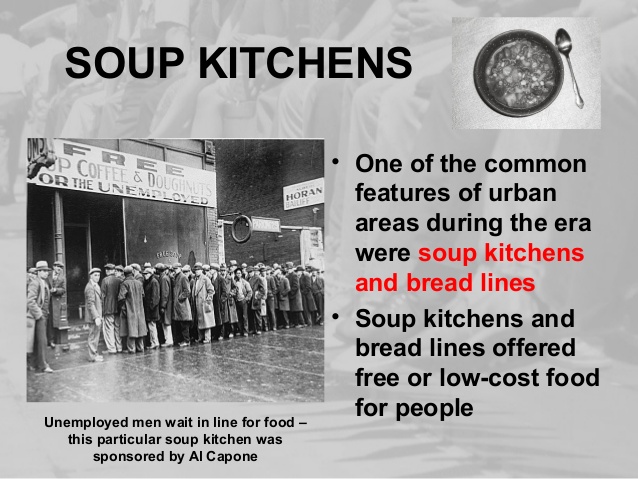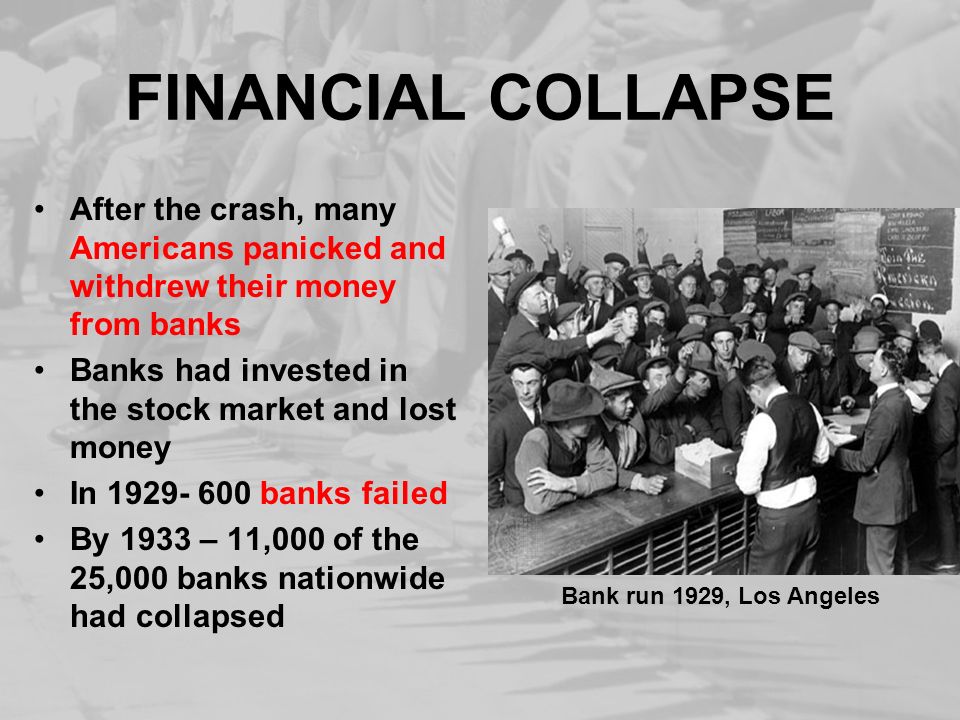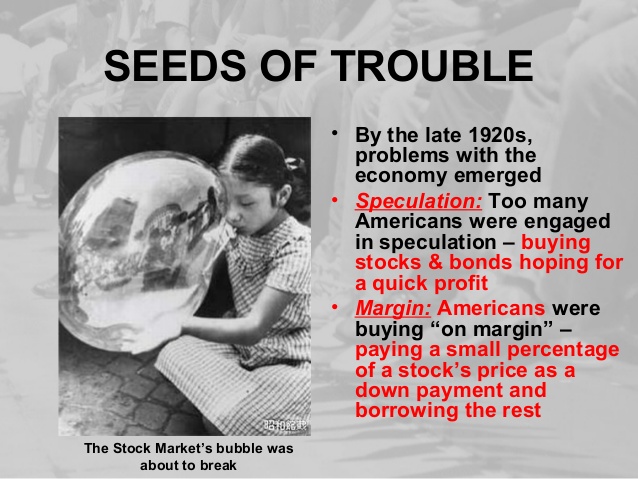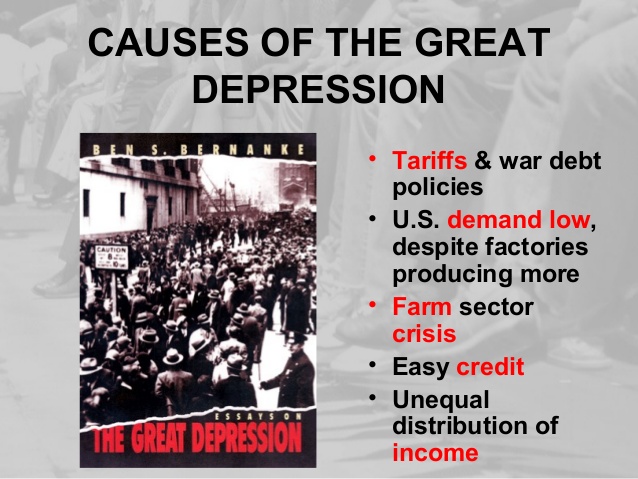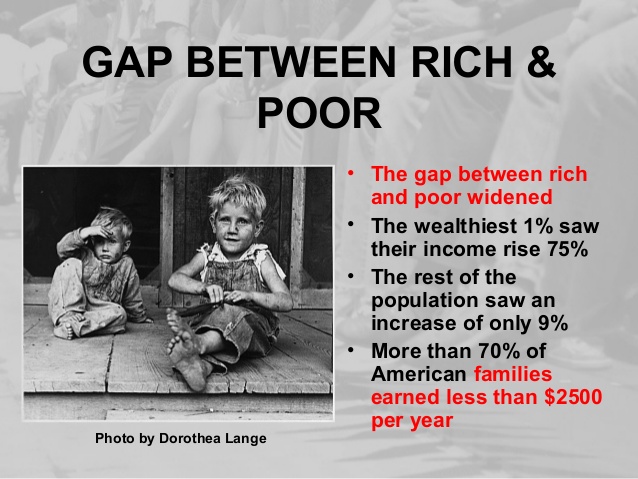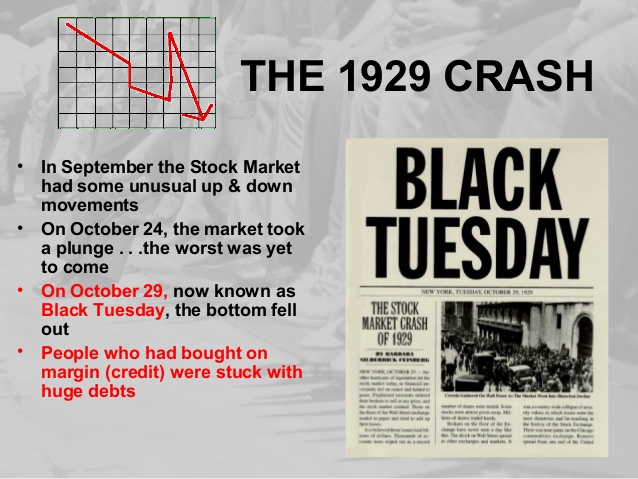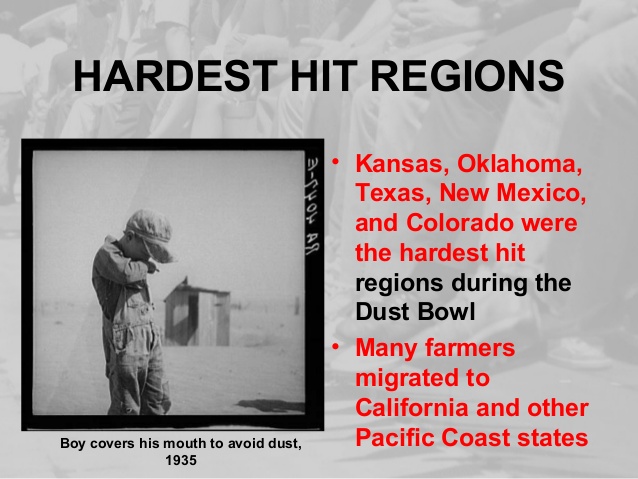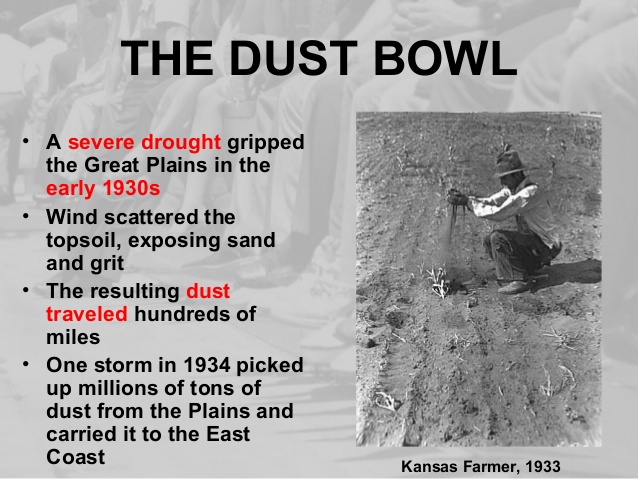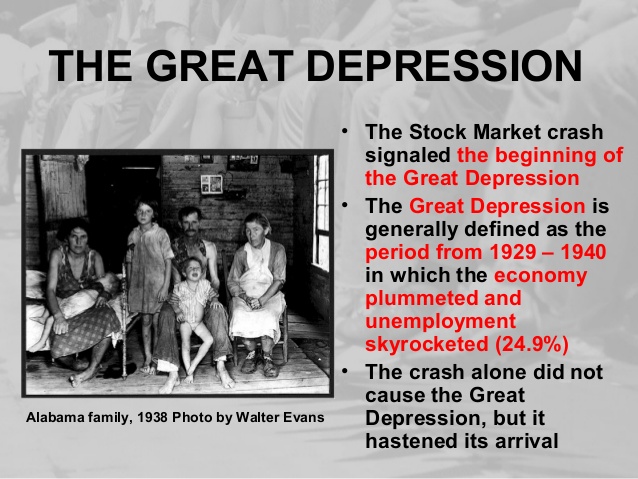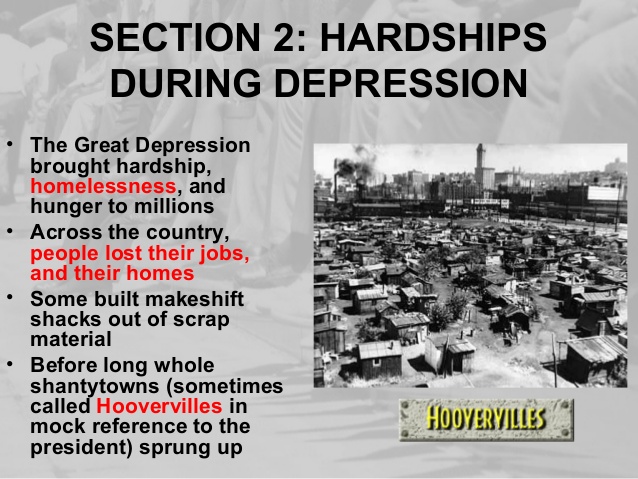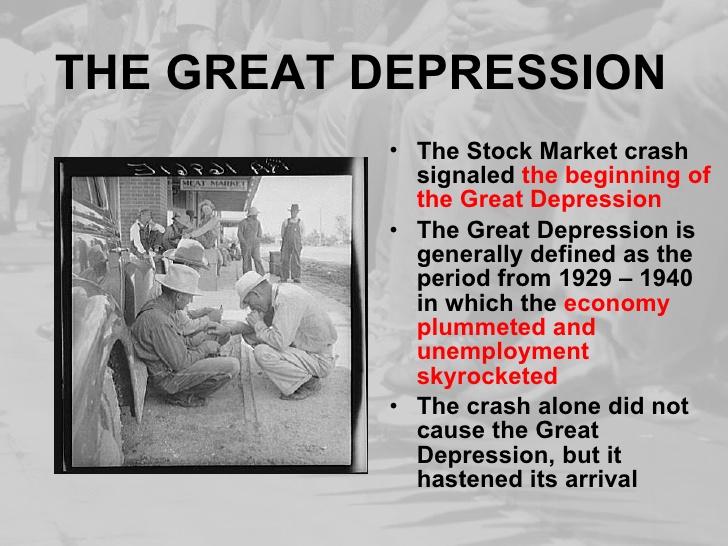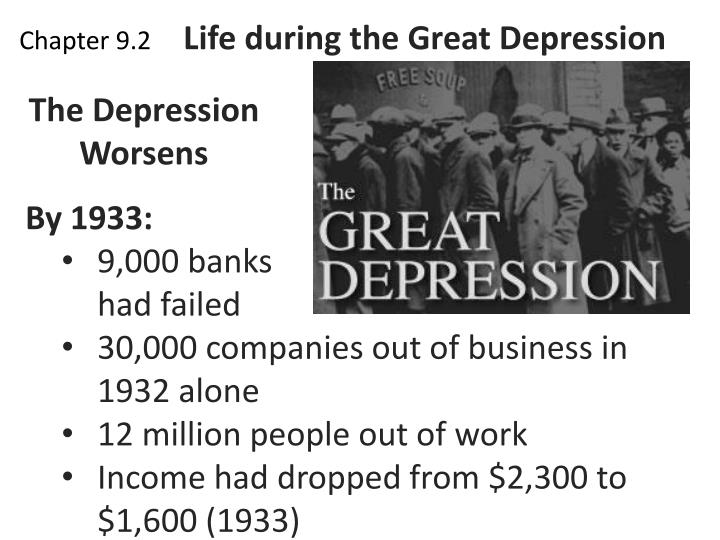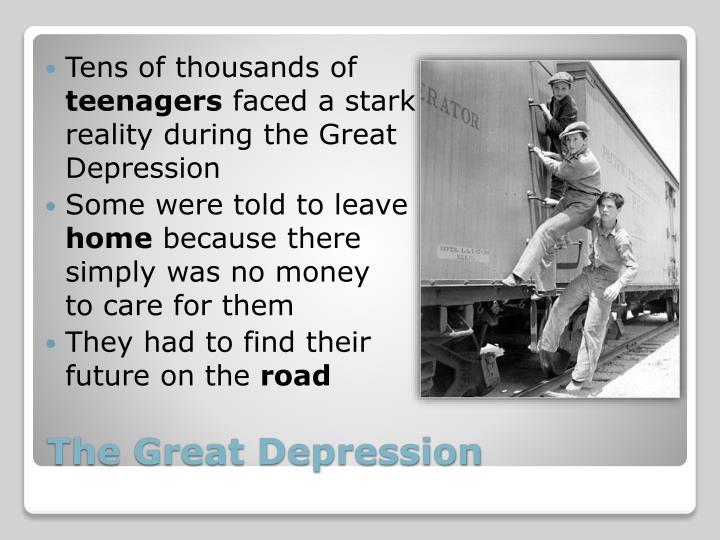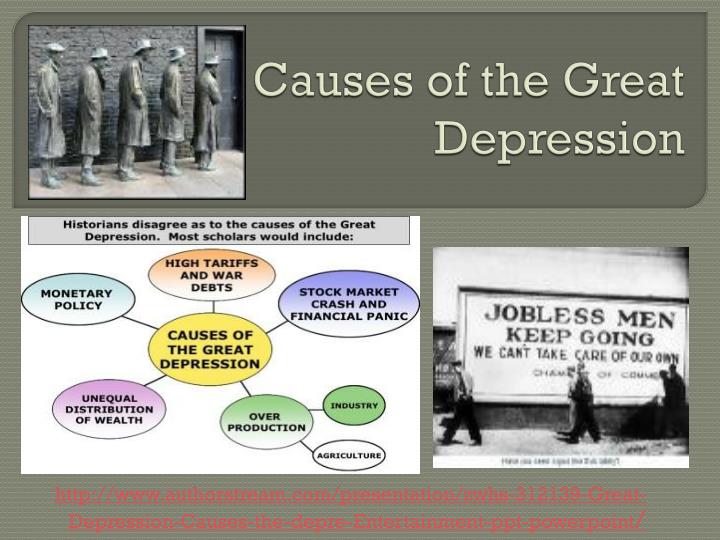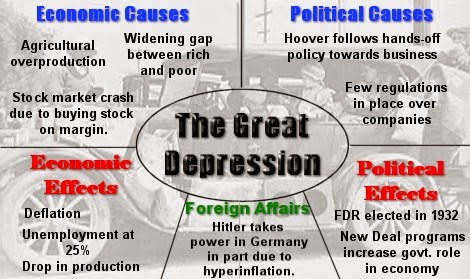With 5 meat packing plants closed, over 30% of the national supply chain is shut down,
I noticed this yesterday at the grocery store for the first time. No pork ribs. No pork roasts. No sheep at all. Poor choice in beef, and no grass feed at all. Still plenty of other ground beef.
I bought what I could, but I guess this is going to be a big issue as the meat that was already in the supply chain run down.
I don’t know…I guess I will have to eat more cheese and eggs.


